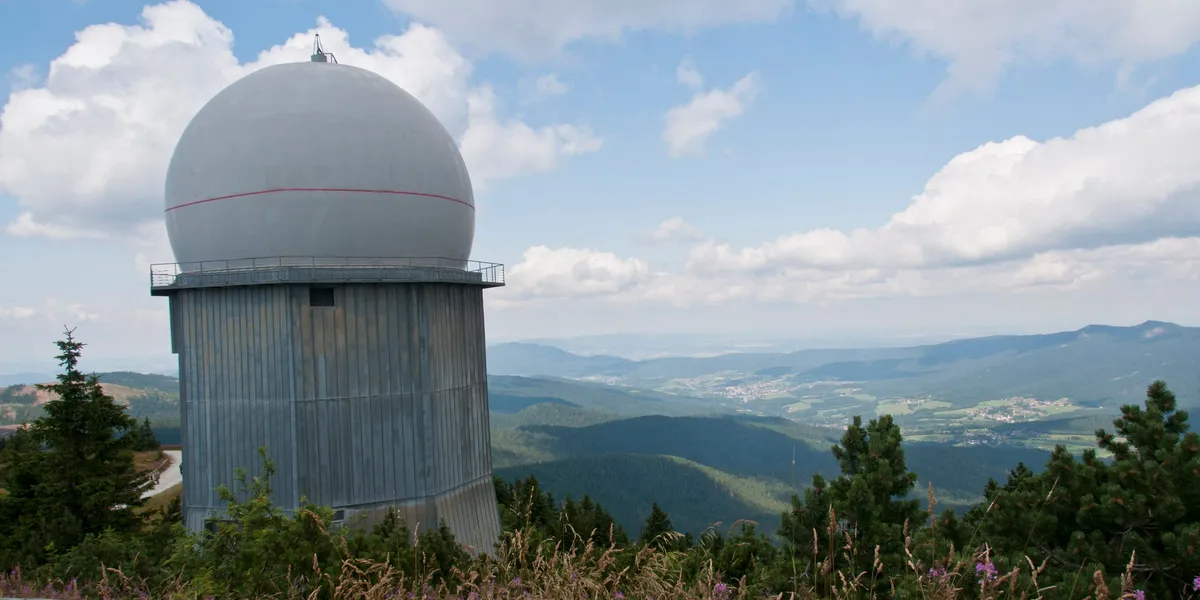Leaders from America’s rural electric cooperatives are in Washington, D.C. this week to advocate for fewer regulations on emitting power plants and for comprehensive permitting reform, among other priorities.
But a primary focus for the National Rural Electric Cooperative Association (NRECA) and its members is to protect hydroelectric power.
“Over 60% of electric cooperative do receive electricity from federal hydropower resources,” said NRECA CEO Jim Matheson, on a call with reporters Monday.
The cooperatives said they opposed the dismantling of federal hydropower infrastructure, notably the proposed removal of the four dams on the Lower Snake River in the Pacific Northwest. A previous DOE study began to examine the potential resources needed to replace the hydroelectric projects, consistent with a 2023 Memorandum of Understanding between the U.S. Government, four Treaty Tribes of the Lower Columbia River, and states of Oregon and Washington.
The U.S. Army Corps of Engineers operates four run-of-river dams and locks with hydro projects on the Lower Snake River in Washington that together provide 1,000 average MW of capacity and up to 3,033 MW of capacity at their peak. The dams, constructed between 1955 and 1961, are Ice Harbor, Lower Monumental, Little Goose and Lower Granite.
Construction and operation of the dams altered the physical, chemical, hydrological and biological processes in the river, and all species of salmon that use the Snake River are listed as threatened or endangered under the Endangered Species Act. As a result, there have been extensive discussions about breaching the dams.
Keith Brooks, General Manager of Douglas Electric Cooperative in Oregon, cited extreme winter weather from January 2024 to demonstrate the Snake River hydropower infrastructure’s importance.
“The Snake River, when wind and solar went to zero, kept churning out thousands of megawatt hours a day, keeping hundreds of thousands of homes [heated],” said Brooks. “I really believe without those dams in place, we would have lost lives.”
The tariff impact
Rural cooperative leaders acknowledged the growing risks tariffs pose to an already strained global supply chain, although the feedback was more anecdotal than data-driven at this point. Matheson said any tariff-related impacts would fall on cooperative customers, since co-ops have no shareholders to absorb added expenses.
“To the extent that the supply chain is disrupted or has additional costs associated with it based on tariffs, that is going to have an impact on the electric sector in general, and on electric cooperatives in particular,” said Matheson.
Brooks noted that while his co-op hasn’t yet seen direct price hikes from tariffs, supply chain disruptions from COVID-19 linger, especially for essential equipment like transformers.
Annalisa Bloodworth, CEO of Oglethorpe Power, said vendors are already signaling expected cost increases tied to tariffs. She stressed that the supply chain is already under pressure not only from rising U.S. energy demand, but also intense global competition for key generation resources.









